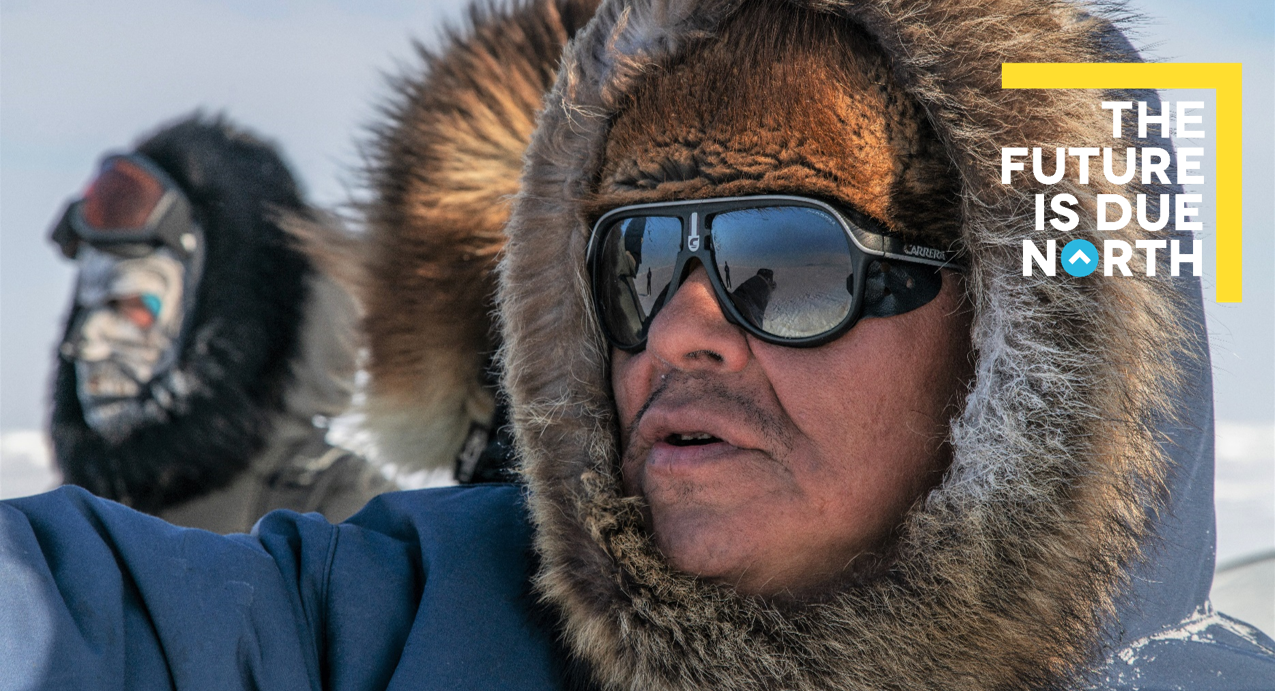
Executive Summary: The North’s future is Canada’s future, too
Cover Photo: Photo: Robert Kautuk
Canada must recognize that the North is more than just symbolic. Much more than the icebergs, polar bears and northern lights often used to portray Canada’s national identity, the northern territories cover nearly 40% of the country’s land mass and hold a wealth of opportunities that are closely connected to Canada’s strategic policy priorities.
The Public Policy Forum has partnered with the Government of the Northwest Territories to develop The Future is Due North, four beacons that point our attention and the conversation about the future of Canada’s prosperity and well-being towards the opportunities that lie to the north. In these op-eds, experts introduce us to four key issues that are essential for our shared future.
In Strategic Assets in Uncertain Times: Unlocking Energy and Resources in Canada’s North, Dr. Nick Poushinsky and Pierre Alvarez argue that the Arctic has long been held by Canadians as a defining element of our country, secure in the belief that others had little or no interest in the vast, inaccessible landscape north of 60. Recently, the impacts of climate change, aggressive foreign policy and resource development initiatives by a growing number of nations—and the lack of a comprehensive Canadian Arctic policy framework—are challenging that view. The development of Canada’s northern resources has important strategic and economic implications for Canada, and that development—done in the right way—has the potential to greatly benefit Canadians now and in the future.
In Uncertain Boundaries, Untapped Potential: Challenges and Opportunities for Canada’s Arctic Sovereignty, Dr. Jennifer Spence finds that interest in the Arctic has grown exponentially over the last two decades. For some, the Arctic’s melting sea ice and degrading permafrost are harbingers of global climate change; for others, the Arctic represents potential access to new, abundant sources of non-renewable resources and shorter, more direct international shipping routes. As a result, the factors at the heart of debate surrounding Arctic sovereignty—legal status of the Northwest Passage, sovereign rights vs. responsibilities, and the socio-economic potential of northern resources—take on new significance. Affirming Canada’s Arctic sovereignty is ultimately not a technical process; it is a highly sensitive political process, one that has remained unresolved for decades.
In Fire and Ice: Arctic Responses to Climate Change and Lessons for the Rest of Canada, Ed Struzik argues that Canadians living in the south can look to the North to see not only what the future holds, but how to navigate it, too. Canada, which is seeing a doubling of area burned compared to the 1970s, rising sea levels in populated coastal areas, and more frequent droughts and floods, has much to learn from the North. Climate change disruption is more pronounced in the Arctic and sub-Arctic regions of Canada, where the climate is warming twice as fast as in the south. These impacts severely threaten infrastructure, human safety and food security, amongst others.
Finally, in Ending Domestic and Family Violence in the North: The Next Step in Reconciliation, Crystal Gail Fraser reflects on the human aspects of reconciliation. Focusing on the implications of social policy, she calls our attention to the innovative approaches taken in the territories to address domestic and family violence by targeting violence and multi-generational trauma. However, she reminds us that territorial governments cannot tackle the enormous injustices of domestic and family violence alone. Developing partnerships with Indigenous organizations, corporations and governments is an important step. Success will come by allowing Indigenous communities, supported by government, to develop their own unique and specific plans in these collaborative relationships.
The Public Policy Forum is pleased to present these four beacons to guide the conversation northward. PPF’s mandate is to contribute to essential public policy conversations in Canada by bringing together and providing a platform for thought leaders. We hope these pieces contribute to further debate on the future of Canada’s North and the considerable opportunities it offers.




